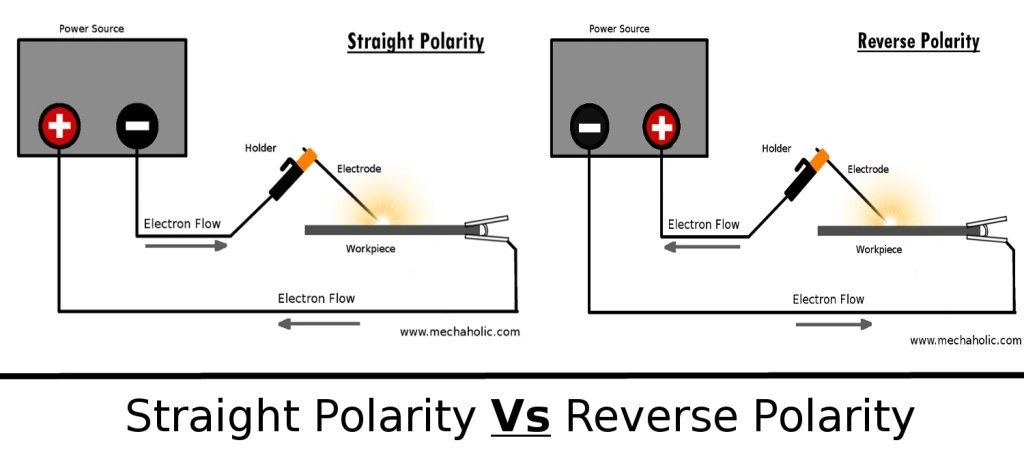Critical Cooling Rate - The minimum rate of continuous cooling just sufficient to prevent undesired transformations. For steel, the slowest rate at which it can be cooled form above the upper critical temperature to prevent the decomposition of austenite at any temperature above the Ms. The limiting rate at which austenite must be cooled to ensure that a particular type of transformation product is formed.
Critical cooling rate is slowest cooling rate that converts 100% austenite to 100% martensite
5) Critical cooling rate is
Answer is:
slowest cooling rate that converts 100% austenite to 100% martensite
Explanation:
Related KPSC ITI JTO Fitter Question Papers - 2018 with Answer Key
Answer is:
37% lead and 63% tin
Explanation:
Electricians solder consists of 37% lead and 63% tin.
Answer is:
straight polarity is used
Explanation:
Direct Current Straight Polarity (DCSP) or Direct Current Electrode Negative (DCEN)—When electrode is connected with the negative terminal of the power source and base metals are connected with the positive terminal.
Metals with high melting temperature (such as stainless steel, titanium) can be suitably joined by DCSP.
Direct Current Reverse Polarity (DCRP) or Direct Current Electrode Positive (DCEP)—When base metals are connected with the negative terminal of the power source and electrode is connected with the positive terminal.
Metals with low melting temperature (such as copper, aluminum) can be suitably joined by DCSP.

Answer is:
